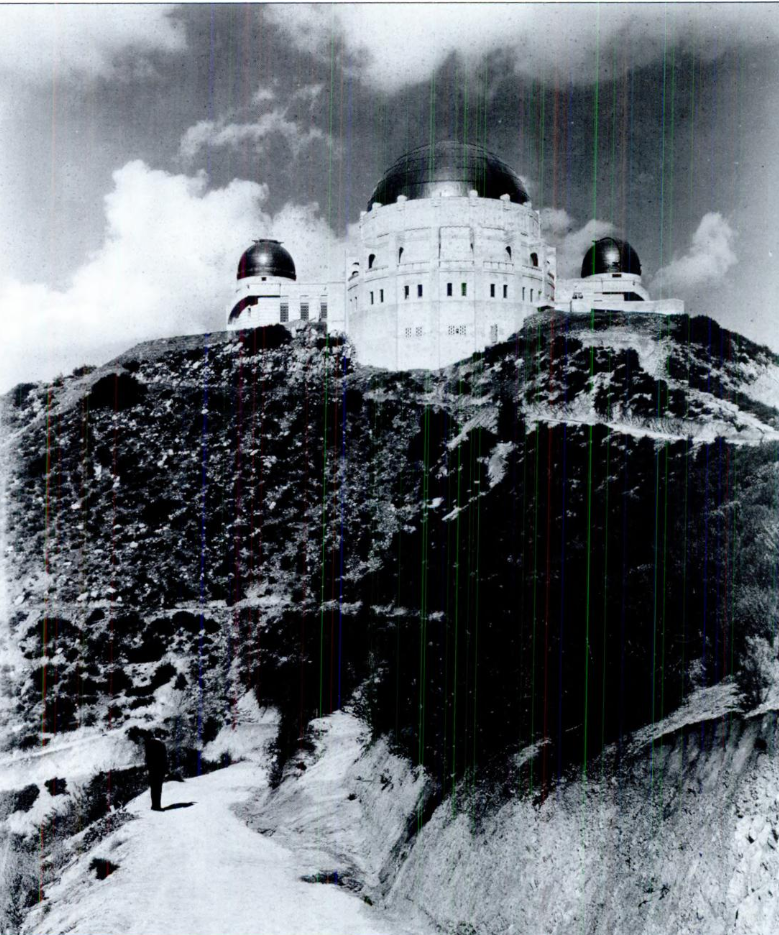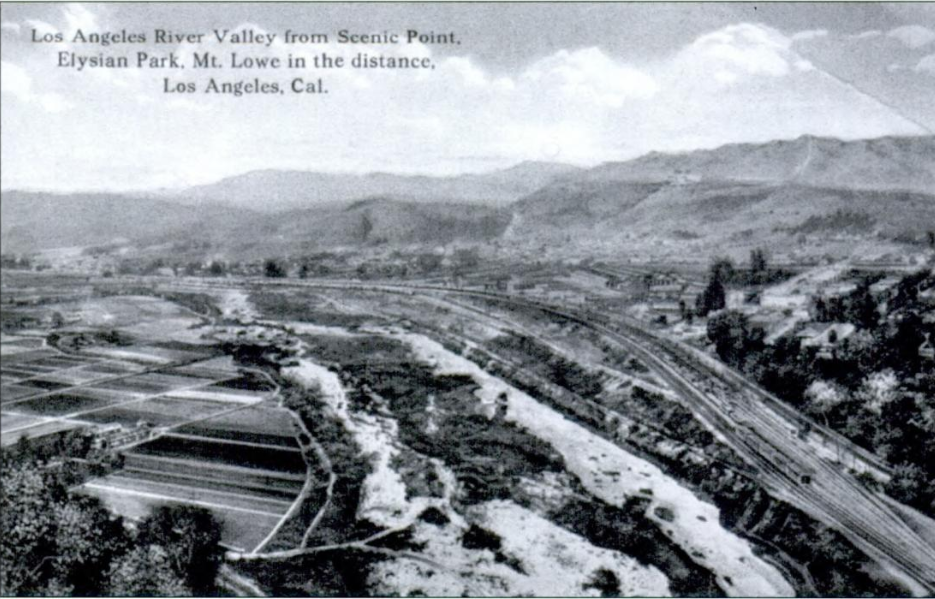Many consider Los Angeles the archetype of an American city with its world-renowned designs by famous architects. Legends like Frank Lloyd Wright, Frank O. Gehry, Rudolph Schindler, and Renzo Piano built stunning structures in this iconic city, but architects also designed solutions to address the issues of homelessness and urbanization in L.A.
Some of the poorest areas of California exist within the environs of Los Angeles, amid the tremendous and vibrant downtown skyscrapers, which serve as symbols of American economic progress and innovation.
For these reasons, the architecture and landmarks of Los Angeles hold a unique fascination to the discerning visitor.
History becomes more interesting when viewed through the lens of books, buildings, and other cultural artifacts. Here are some of the more notable landmarks of L.A. and their fascinating histories.
1. The Griffith Observatory

The Griffith Observatory provides a great view of the iconic Hollywood sign as well as a scenic panorama of the city. The observatory boasts beautiful architecture with stunning art deco domes. It has housed numerous exhibits over the years, including a Tesla coil dating from 1910.
Griffith J. Griffith, a Welsh immigrant who made a fortune from the mining industry in the 19th century, funded the building. He wanted to create an observatory to help make astronomy accessible to the public.
Griffith indulged in many other philanthropic pursuits, like establishing Griffith Park, intended “for the masses, a resort for the rank and file, for the plain people.”
2. Walt Disney Concert Hall
Frank Gehry is one of the most important architects of the modern era. Visitors encounter several of his masterpieces around the city, including his residence in Santa Monica, which solidified his reputation as a powerful design influencer.
The Walt Disney Concert Hall includes many of Gehry’s signature design concepts, featuring robust, angular paneling and a glossy exterior finish. The concert hall offers some of the best acoustics in the nation, so if you get a chance to see the L.A. Philharmonic perform there, you will not be disappointed. Leaders in the music and film industries have featured it in countless films, making it a recognizable building to many people.
3. Pacific Design Center
While not as well-known as many of L.A.’s landmarks, the Pacific Design Center is, nonetheless, a remarkable and unique facility, prized for its striking design. Designed by world class architect César Pelli, the buildings brings bold color to West Hollywood. Colors define its main buildings; it features conjoining components of blue, red, and green in the stunning glass facade.
4. The Getty Center
Designed by Richard Meier, the Getty Center sits on two natural ridges overlooking the city. Visitors arrive by tram to the central plaza, where the public can easily access the main museum building. One of the most visited museums in the United States, the Getty Center houses millions worth of notable art.
Nearby, the central garden and the Getty Research Institute house an extensive art library. Visitors will notice the considerable use of water in the form of fountains, ponds, and pools throughout the complex, creating a unique ambiance.
5. The L.A. River Structures

Not so much a tourist attraction as a landmark design that improves city infrastructure, the urban portion of the Los Angeles River, with its wide flood drains, has come to symbolize the architectural feats of the city’s engineers.
The city has experienced devastating floods several times throughout its history, including the floods in the 1820s and the 1930s that caused significant damage and loss of life.
That prompted the city leaders to undertake continuous efforts to improve its flood readiness. These efforts have resulted in a complex and impressive network of storm drains and aqueducts, which have become a part of the fabric of life in Los Angeles.

